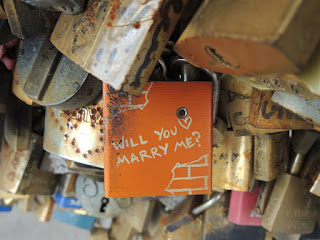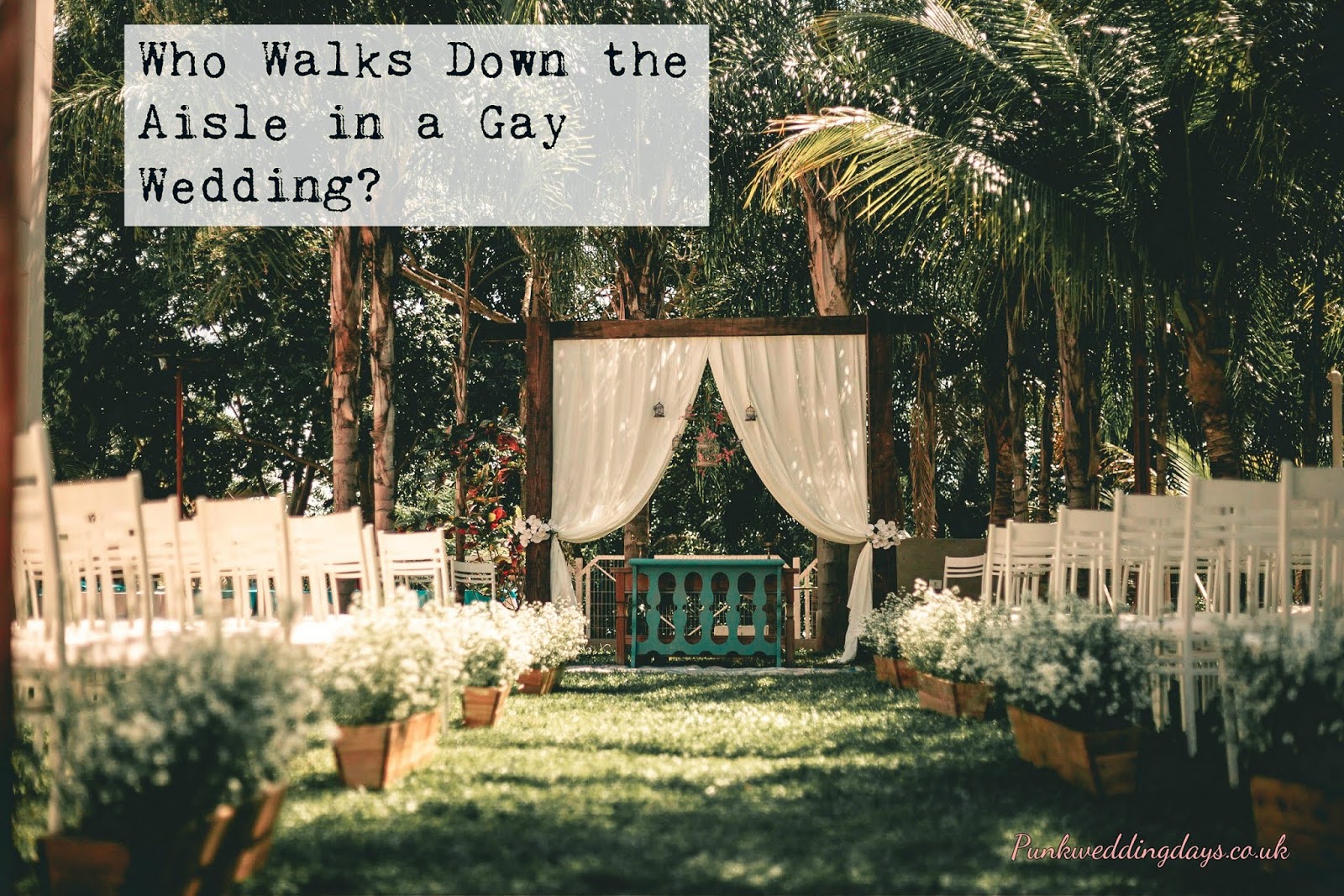Why Do Women Propose on a Leap Year?
According to Irish legend, it was St Brigid of
Kildare who, in the fifth century, asked St Patrick to let women propose to
men.
After some discussion, a deal was struck: a woman could ask a man, but only on February 29th.
After some discussion, a deal was struck: a woman could ask a man, but only on February 29th.
Some versions say that when St Patrick agreed to this, St
Brigid dropped to one knee and proposed, but St Patrick refused. To soften the rejection
he kissed her on the cheek and gave her a silk gown.
(Is it just us or does this sound like a lucky escape!)
(Is it just us or does this sound like a lucky escape!)
Other European traditions dictate that if a man refuses, he must buy the woman 12 pairs of gloves so that she can hide her bare finger.
In Scottish tradition, women would wear red petticoats so that the man might have some warning of their intentions.
Of course now, women are free to propose whenever they choose, but there's a nice novelty to the idea.
It's certainly something a lesbian couple might incorporate into a proposal. Or not, and that’s what’s great about equal marriage: same-sex couples aren’t as constrained by outdated traditions, unless, of course, they choose to be.
It's certainly something a lesbian couple might incorporate into a proposal. Or not, and that’s what’s great about equal marriage: same-sex couples aren’t as constrained by outdated traditions, unless, of course, they choose to be.
Whatever your gender, sexuality or marital status
this leap year, we’d like to wish you a very happy one (whether you're proposed to or not)!











